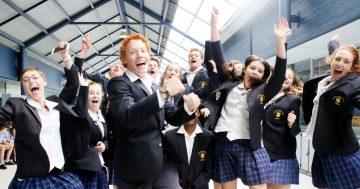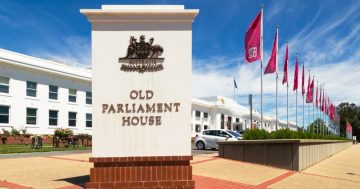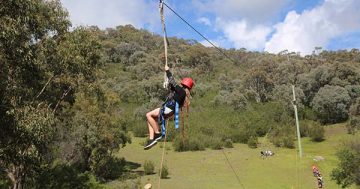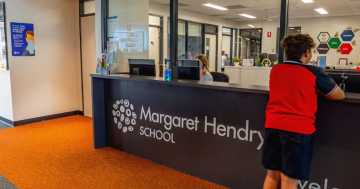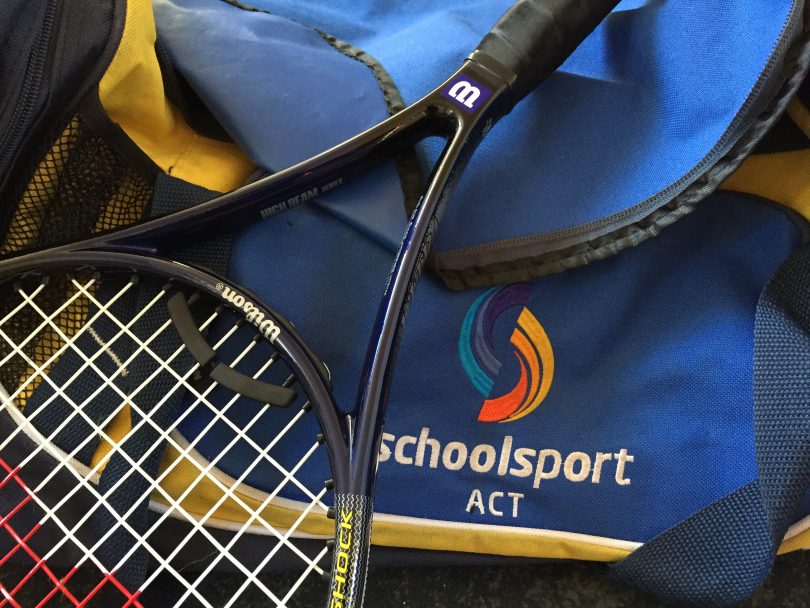
Physical activity has health, social and academic benefits for children. Photo: Jennifer Andrew.
It’s a fair question given the obvious health and academic evidence, which shows that a certain amount of meaningful exercise each day has an enormous benefit. Obesity is a growing problem in Australia and there are obvious health benefits to being active. Physical activity, undertaken in the right way, offers much more than physical health benefits. Other benefits include opportunities to work constructively with others, the need for discipline, accountability and responsibility, particularly in team situations. Physical activity can also help to build self-confidence.
From my experience, as a parent, as a board member of the Physical Activity Foundation and through my involvement with School Sports ACT over the years, the physical education program in ACT primary schools is ad hoc, to say the least. Some teach physical education very well but it can be hit and miss. It’s very much dependant on the teachers involved and their commitment to the benefits of physical education for children.
High schools usually have dedicated physical education teachers, but the commitment to physical education for all students throughout the year sees to depend upon the workings of timetables and staff availability.
We seem to have lost our way over the years. When I was a primary school student in the 1960s and 70s, P.E was as important as every other subject. For many of us, it was the highlight of the day. Sport also featured as a weekly opportunity during school hours.
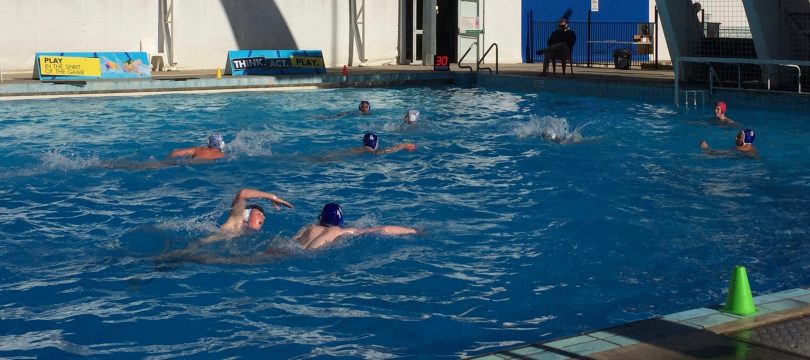
A number of sports competitions, including water polo, are offered to ACT school students through ACT School Sports in collaboration with ACT schools. Photo: Jennifer Andrew.
The ACT Government’s Physical Education and Sport Policy dictates that from kindergarten to Year 6, students must have 25 minutes moderate to vigorous physical activity per day as part of planned physical education programs. Does walking to the other side of the school and back constitute moderate to vigorous physical activity? School sport needs to have a progressive focus, not a ‘tick-box’ approach.
I know that this is easier said than done. Primary school teachers have a very crowded curriculum to deliver. I’ve looked through the requirements of the Health and Physical Education learning area, which is part of the Australian Curriculum, and to complete all requirements alongside all other learning areas must be extremely challenging for teachers. And maybe this is part of the problem; physical education as part of the curriculum includes “health” as well. Not only do teachers have to think about the active part of P.E., they have to also teach a bucket-load of other important parts of this curriculum area. Maybe the ‘physical’ is lost in all this!
I have seen first-hand teachers totally committed to delivering sport and physical education in Canberra schools but I have also seen the other side of the coin with teachers feeling as though physical education has been foisted upon them and it is a chore rather than an educational requirement. I have been in schools teaching gross motor skills to primary aged students who have had trouble catching a ball. I have witnessed many a school swimming carnival, both primary and high school, where kids can’t swim.
Renowned Canberra sports coach Dr Dick Telford has done some incredible work on the value of sport to academic learning. His studies have shown that children, who spend more time per week undertaking physical activity, improved their NAPLAN scores between Year 3 and Year 6 when compared with their less-active peers. Regardless of your thoughts about NAPLAN, and that’s another debate for another day, teachers also noted, according to Dr Telford, that the concentration of students improved after physical education.
In 2015 the ACT Government, to their credit, launched a program called P.E Pulse. The aim was to provide a link between the school system and sports. On the surface, the initiative looks great but the program has little power over the schools and the teachers. Once again, it competes with the crowded curriculum that teachers have to deliver.
But if we are so concerned as a society about kids watching too much television or being on their screens all day with little desire for exercise, why aren’t we doing more to solve the problem? If we are concerned about obesity and associated health issues amongst our children, why aren’t we demanding more time for physical activity every day at school?
Why isn’t sport and physical activity a core subject in every Canberra primary school? Primary teachers coming through universities are trained across a range of subjects such as Maths and English but is there as much effort given to training the same teachers about delivering a meaningful physical activity program as part of the curriculum?
Not from my experience.













